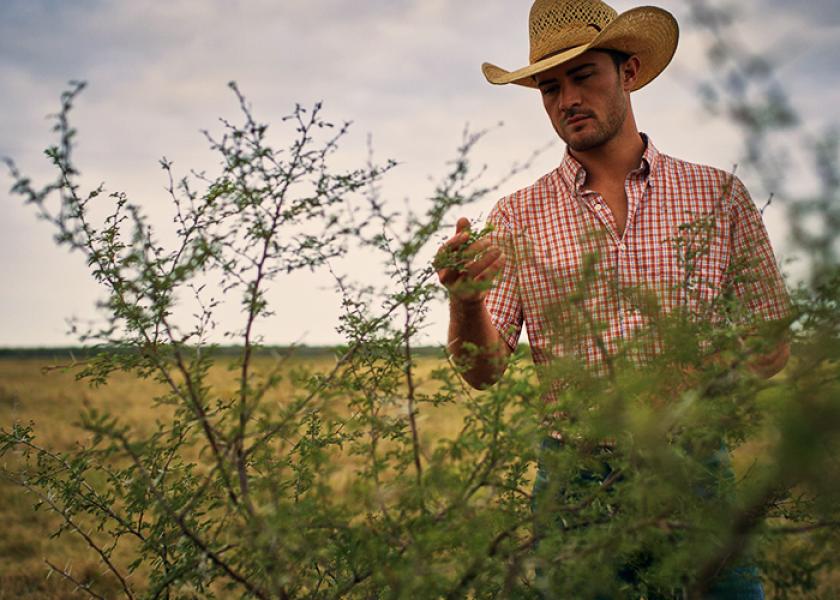RangeView™ Pledge From Bayer Range & Pasture Promises Control of Invasive Brush

Pasture and rangeland managers have long been fighting a frustrating battle against damaging, invasive brush. Now, there is an effective herbicide and planning tool available together to help restore productive grasses and promote rangeland health. Bayer Range & Pasture is introducing the RangeView™ Restoration Pledge with Invora® herbicide — a promise to control invasive brush for a minimum of five years. Ranchers incorporating a RangeView analysis prior to a single Invora herbicide application are promised control of invasive brush, like honey mesquite and huisache.
“The reaction to Invora herbicide is that it’s too good to be true,” said Brian Cain, southern range segment manager for Bayer Range & Pasture. “So, we are backing up the herbicide control claim with the RangeView Restoration Pledge.”
Invora herbicide combines two different active ingredients and delivers an extended treatment life. The result provides ranchers the opportunity to restore their rangeland by reducing the negative impacts of brush species that compete with desirable vegetation for valuable nutrients, water, sunlight and space. Learn more at Invora.com.
Bayer’s digital ranching platform, RangeView, was first developed for western rangelands as a tool to help ranchers identify cheatgrass. Now, for the first time, that same technology will be available to ranchers in the southwest who want to identify huisache and mesquite. If ranchers incorporate RangeView analysis prior to Invora application, their purchase will be guaranteed for five years through the RangeView Restoration Pledge. Visit RangeView.Bayer.us to learn more about the RangeView Restoration Pledge.
RangeView offers satellite imaging that identifies the presence of invasive brush and allows ranchers to see their land from a new perspective. The combination of satellite imagery and the digital planning tools of RangeView along with Invora herbicide helps transform pastures into productive forage. This powerful approach can help to reestablish native species, restore productivity to rangelands and increase forage quality. On average, pasture and rangeland managers recoup the investment after four years.







